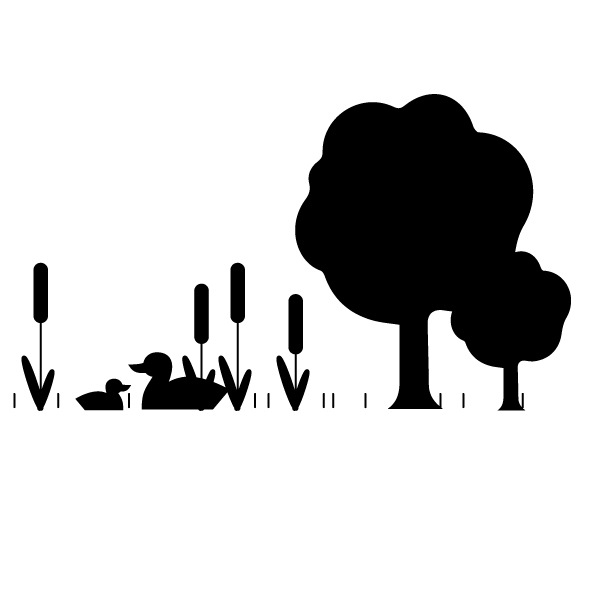Location: Wien 1100, Österreich Project format: COCA COLA AREAL, Interdisziplinäres kooperatives Projektentwicklungsverfahren Project status: in Umsetzung Size: 3.300 m2 BGF: > 4.646 m2 Planning period: 2015 –2018 Customer: Stadt Wien MA21 Partners: Maria Auböck (Auböck + Karasz Landscape Architects) Helga Fassbinder (Biotope-City), Harry Glück/Nikolaos Kombotis (Stadtplanung/Architektur) Margarete Huber, Raimund Gutmann (wohnbund consult, soziale Quartiersentwicklung und Partizipation), Andreas Käfer, Stefanie Wagner, (TraffiX Verkehrsplanung), Rüdiger Lainer (Stadtplanung/Architektur), Renate Rödel, Franz Sumnitsch / BKK3 ( Stadtplanung/Architektur), Bernhard Scharf (Institut für Ingenieurbiologie und Landschaftsbau, Boku Wien), Bernd Vlay, Irina Koerdt (STUDIOVLAY, Stadtplanung, Organisation) Employees: Irina Koerdt, Bernhard Angerer








